8 Reasons why to implement an Archiving strategy
In today’s digital world we’re all striving to create a paperless workplace, but it can prove challenging. Introducing a document management process is a great way to start removing those pesky papers and documents! Whether your workplace is looking to build a Data Management policy, have a clutter free office or reduce floor space premiums, we’re going to show you 8 reasons why implementing a document archiving strategy could be a great step to take.
We push data to the cloud, google drives, one drives, so why not store your archiving documents in a secure document retrieval system for safe keeping and instant access?
All documents are vulnerable to being destroyed, lost or corrupted (if digital), either maliciously, be accident, or by a natural disaster, such as a flood or fire. With electronic documents these can be compromsed by security threats.
Take a look at 8 reasons why archiving is a positive step to introduce in your workplace.
1) EFFICIENCY
When you receive a request for data you can confidently confirm the delivery time frames when you have a document management system in place. Documents are indexed and given an individual identification code. Documents are then boxed up and sent for storage in a secure warehouse and are then ready to be retrieved when a request is submitted for either the physical documents or digital copies.
2) AUDIT REQUESTS – STRESS FREE
Documents can be located with ease and you can have them securely delivered to your office or digitally within set time frames.
3) MORE SPACE
Once you have decluttered and organised your off-site archiving you will have more space to future proof for growth or possibly downsize.
4) CONSIDER DOWNSIZING OFFICE SPACE
If you have a considerable amount of space now available and over multiple floors it might be possible to consider downsizing which will save your business money.
5) GO PAPERLESS
Implementing an digital archiving strategy can form part of your journey to reduce the need for paper onsite and helps you adhere to data protection regulations. You will also remove the possibility of losing data due to natural disasters from water or fire when its in a digital format. Shredding onsite is also possible with the use of a mobile shredding truck which can shred up to 3 tonnes of paper an hour and can also securely destroy IT equipment and media (compliant to EN15713 standard).
6) SCAN BACK SERVICE – A GREENER WAY
A scan-back service is a greener alternative to traditional vehicle based document retrieval. The scan-back service offers digital access to documents, which will help reduce labour costs and increase productivity and of course less Co2 emissions. The steps include logging into a portal to view your documents, you identify and request your files (searching using index numbers and other metadata) and the provider locates your documents to scan and return it the same day. A scan on demand service also provides a full audit trail to show who has interacted with a document, when and its delivery status. You can also add in restrictions to who can access certain documents for added levels of security.
7) PROOF OF DESTRUCTION
A certificate of destruction is provided for any records that are shredded after a scanning project if the hard copies are no longer required or when documents are no longer required to be stored.
8) SECURELY STORED
No more storing your files in a cupboard! With a records management provider your files are secure from the start. Collection and delivery is via lorries fitted with security trackers and documents are then scanned in and held within state-of-the-art, purpose built, storage premises which are climate controlled, with 24/7 security and CCTV in place for peace of mind. Don’t forget to check your provider has records management acreditations including ISO27001 (compliance for information security) and ISO9001 (compliance for quality management systems) as a minimum.
If your business would like to discuss implementing a Records Management System for your workplace, click here.








